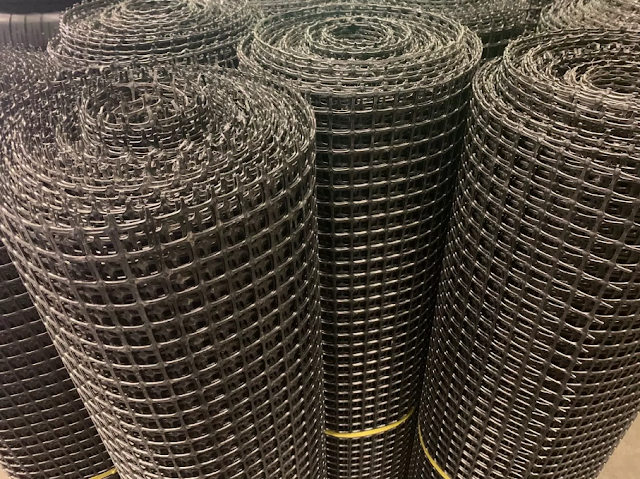5 Professional Tips For Your Hardware Cloth Business

Cloth diapers are a popular choice for parents who want to avoid chemical exposure. However, many cloth diaper entrepreneurs struggle with the manufacturing process.
In this article, we'll share five tips to help you succeed with your hardware cloth diaper business.
- Choose a niche.
Your hardware cloth diaper business won't be successful if you try to compete with the big box stores. Instead, focus on making high-quality cloth diapers that meet the needs of your target market. Look for a niche in the market and focus on providing quality products that meet those needs.
- Get started early.
Many entrepreneurs struggle with starting their businesses because they think it's too difficult or time-consuming. However, getting started is key to success in the hardware cloth diaper industry. Make sure you have a solid plan and start building your business as soon as possible.
- Research the competition.
Before you start manufacturing your cloth diapers, it's important to understand how your competitors are doing. This will help you identify any weaknesses in your product that you can address before launch.
- Find a manufacturer who can help you get started quickly and cheaply.
Not all manufacturers are created equal, and some may be more expensive than others when it comes to getting started with your hardware cloth diaper business. Make sure you choose a manufacturer that can help you get started quickly and cheaply so you don't spend too much money on startup costs.
- Keep up the good work!
No matter how successful your hardware cloth diaper business becomes, don't forget about the basic tenets of running a successful business: always stay diligent and constantly improve upon what you're doing。 Remember, hard work pays off - so keep at it!
Choose the Right Babed Wirer
One of the most important aspects of setting up your hardware cloth diaper business is choosing the right barbed wire. There are a few things you need to keep in mind when choosing this type of fence:
- The width of the wire.
- The height of the wire.
- The type of barb (sharp or blunt).
Width
The width of the wire should be enough to enclose an area that's at least twice as wide as it is tall, including any spaces between bars. For example, if you're looking for a barbed wire that measures 2 feet by 4 feet, make sure the wire is at least 4 feet wide.
Height
The height of the fence should be high enough so animals don't easily jump over it, but not so high that it's difficult to climb over. For example, if you're looking for a barbed wire that measures 3 feet by 6 feet, make sure the fence is at least 6 feet tall.
Type of barb
Most hardware cloth diapers are made with either sharp or blunt barbwire. Sharp barbwire is more dangerous because it can easily pierce through the fabric and cause damage. Blunt barbwire is less dangerous but can still cause damage if it gets caught on fabric and pulled tight.
What is welded wire reinforcement?
Welded wire reinforcement is a grid of wires welded together at their intersections. It is used to reinforce concrete and other masonry structures, providing additional strength and support. Welded wire reinforcement can be made from a variety of metals, including carbon steel, stainless steel Mesh, and aluminum. It is available in a wide range of sizes and configurations to suit a variety of applications. Welded wire reinforcement is an effective and economical way to reinforce concrete structures. It is easy to install and provides a high degree of flexibility and versatility. Welded wire reinforcement can be used in a variety of applications, including foundation walls, slabs, beams, columns, and retaining walls. It is an ideal choice for projects that require a high degree of reinforcement with minimal disruption to the surrounding area. Welded wire reinforcement is a versatile, durable, and cost-effective solution for reinforcing concrete structures.



Comments
Post a Comment